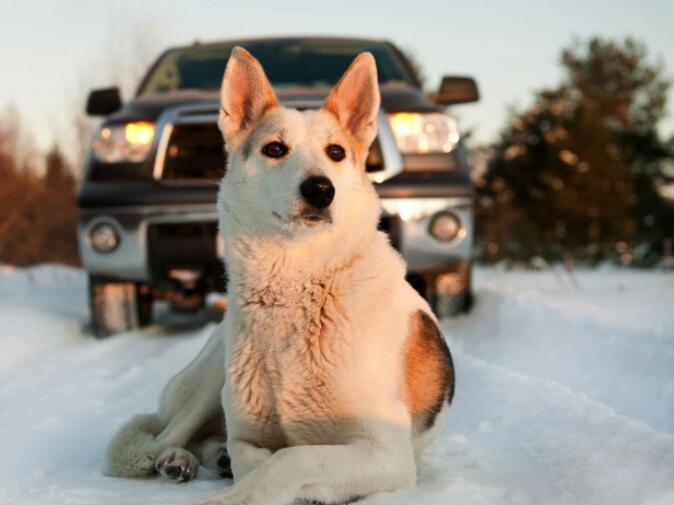As the crisp winter air sets in, dog owners everywhere are making preparations to ensure their furry friends stay healthy and comfortable during the cold months. However, amidst all the well-intentioned efforts, there are several misconceptions about winter dog care that can actually end up harming our beloved pets. Here are five common myths that have been debunked to help you provide the best care for your dog this winter.

Myth 1: Electric Heated Pads are Ideal for Dog Beds
Contrary to popular belief, providing an electric heated pad in your dog’s bed is not the best way to keep them warm. While it’s true that keeping your dog warm is essential, using electric pads can interfere with their natural ability to stay warm and can pose a safety risk if your dog decides to chew on the cords, leading to potential electrical hazards.
Myth 2: All Dogs Don’t Need Winter Clothes
Many pet owners assume that because dogs have thick fur, they don’t need to wear clothes in the winter. This is a fallacy; not all dogs have thick coats. Breeds with shorter or thinner fur could benefit greatly from a warm layer of clothing, especially during particularly harsh weather conditions. Additionally, certain circumstances such as illness or pregnancy may necessitate additional warmth for your dog.
Myth 3: Deworming is Unnecessary in Winter
The cold weather may seem like a time when parasites are less active, leading some to believe that deworming is unnecessary. This is incorrect; parasites come in many forms and can overwinter on your dog, potentially causing health issues when the weather warms up. Therefore, maintaining a regular deworming schedule is crucial even in the winter months. To counteract any digestive upset from deworming medication, probiotics can be given to support your dog’s gut health.
Myth 4: Dogs Don’t Need Plenty of Water in Winter
It’s often thought that since dogs are less active in winter, they don’t need to drink as much water. This couldn’t be further from the truth. In fact, the winter season is a prime time for urinary system diseases in dogs. Insufficient water intake can lead to concentrated urine, which increases the risk of bladder stones and urinary tract infections. Ensure your dog has access to plenty of water, and consider adding a bit of their favorite broth or flavoring to encourage hydration.
Myth 5: Dogs Need a Rich Diet Supplement in Winter
Many believe that winter is the time to indulge dogs with rich foods to build resistance against the cold. While it’s fine to slightly increase your dog’s food intake during the colder months, going overboard with rich foods is unnecessary and potentially harmful. With reduced activity levels, excessive feeding can lead to obesity, which in turn affects overall health negatively.
In conclusion, caring for your dog in winter requires thoughtful consideration and informed decisions. By avoiding these common myths and focusing on evidence-based practices, you can ensure that your dog stays happy and healthy throughout the chilly season. Remember, love and attention are often the best remedies for keeping your dog’s spirits high, regardless of the weather outside.







